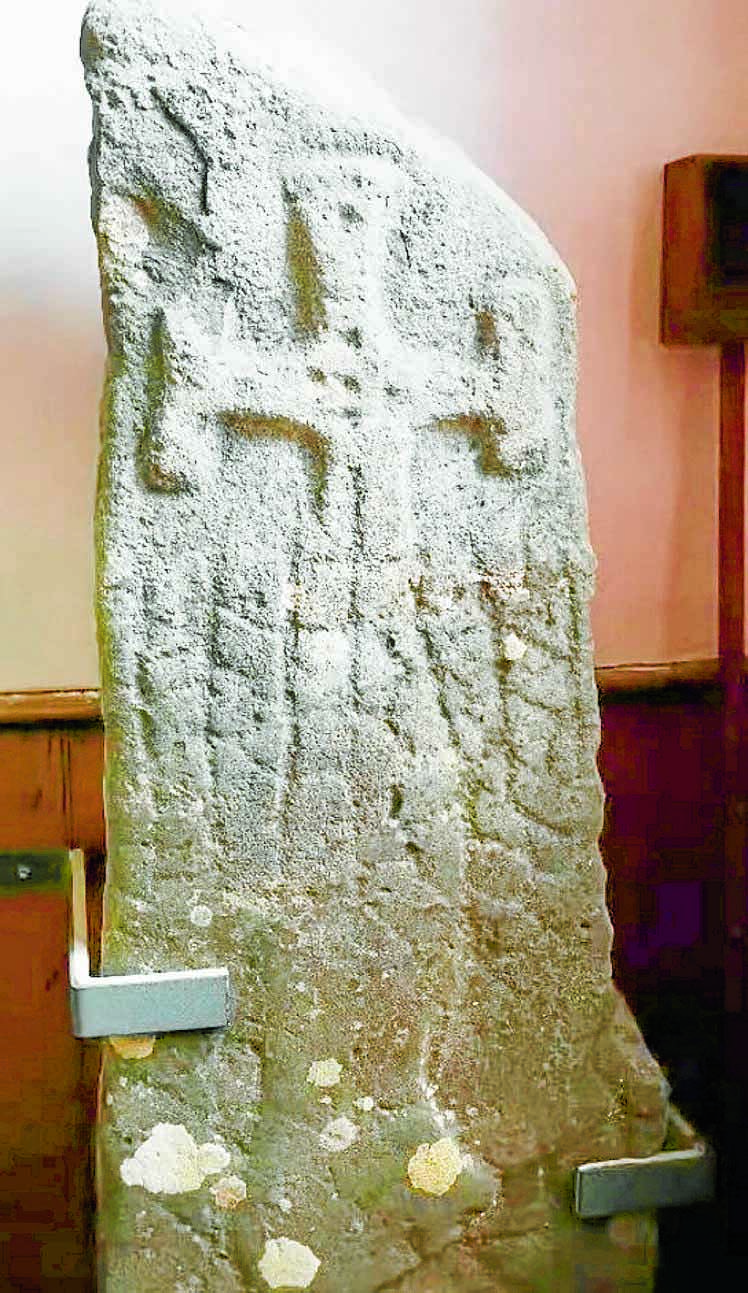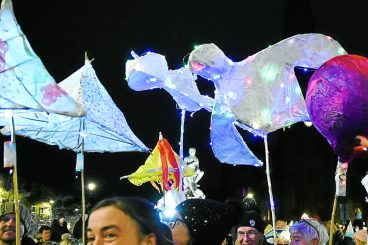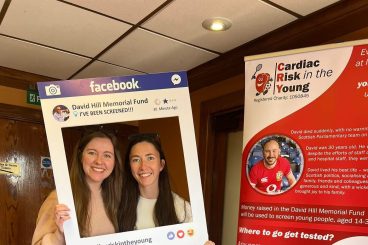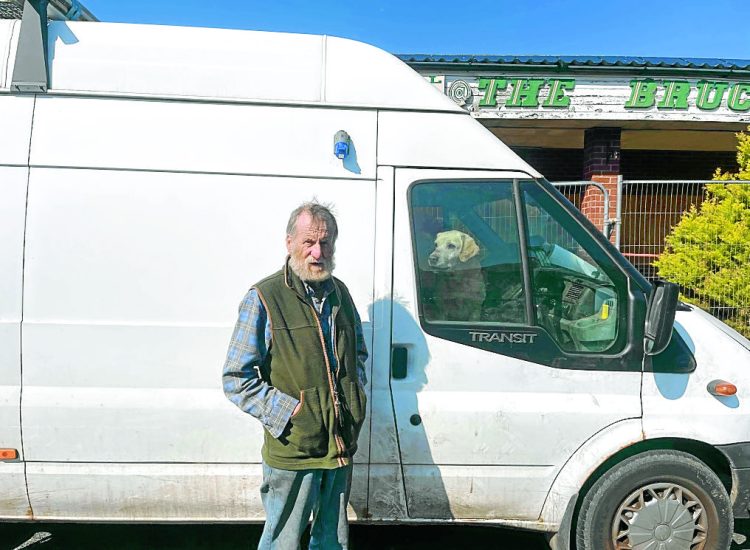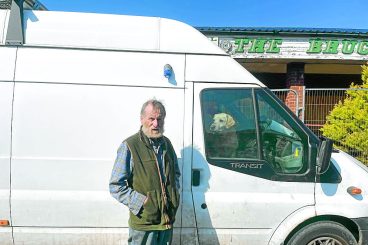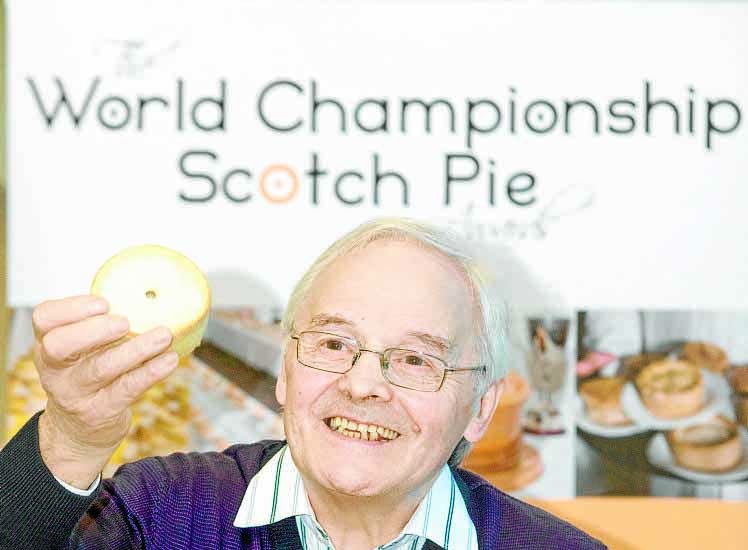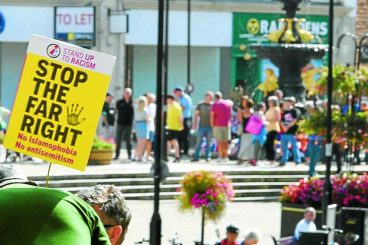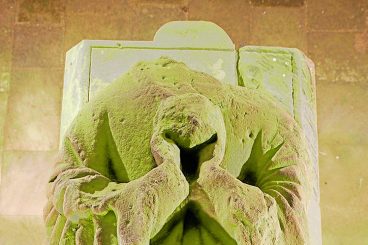TWO important pieces of Newton Stewart’s heritage are to be salvaged before the church they are located in is sold.
A pair of medieval crosses have been kept within Minnigaff Parish Church for the past 29 years, but the 19th century building is due to be put on the market by the Church of Scotland.
Due to the age and historical significance of the stones – believed to be 18th century – Dumfries and Galloway Council has to seek permission from planning committee councillors before they can be moved.
A report, tabled at last week’s planning committee, stated: “The proposal is for the removal of two freestanding medieval stone crosses within the church building. It is now proposed to move the stone crosses to Stranraer Museum since the church is due to be sold by the Church of Scotland.
“The crosses were standing in Minnigaff churchyard until 1995 where they were then moved into the body of the church to prevent vandalism.
“The first stone cross measures 970mm high and 570mm wide tapering upwards to 170mm and with a depth of 220mm.
“The second stone cross is 1300mm high and 430mm wide, with a depth of 210mm. Both stones are made from whinstone.”
The church, on Cumloaden Road, is a category B listed Gothic Church dating back to 1836. The grounds are used as a graveyard which features many monuments from the 18th and 19th century.
Nith Councillor Keith Walters asked: “Is there nowhere closer that they could be held rather than taking them to Stranraer? Because presumably they’re part of the culture of Minigaff and Newton Stewart.
“It seems strange to remove them and take them to Stranraer.
“Is there nowhere in Newton Stewart that could be proposed for them to be kept?”
Council planning officer Chris McTeir explained: “I had a chat with the council archaeologist about this. The stones are going to the museum in Newton Stewart in the interim.
“They will be there until November when the museum closes for the season.
“And after that they’re moving to Stranraer where they can be properly catalogued and assessed by a conservationist and then added to the museums collection to form part of the historic record.
“It’s up to the museums service to decide where they go after that.”
Councillors unanimously agreed for the stones to be moved.





